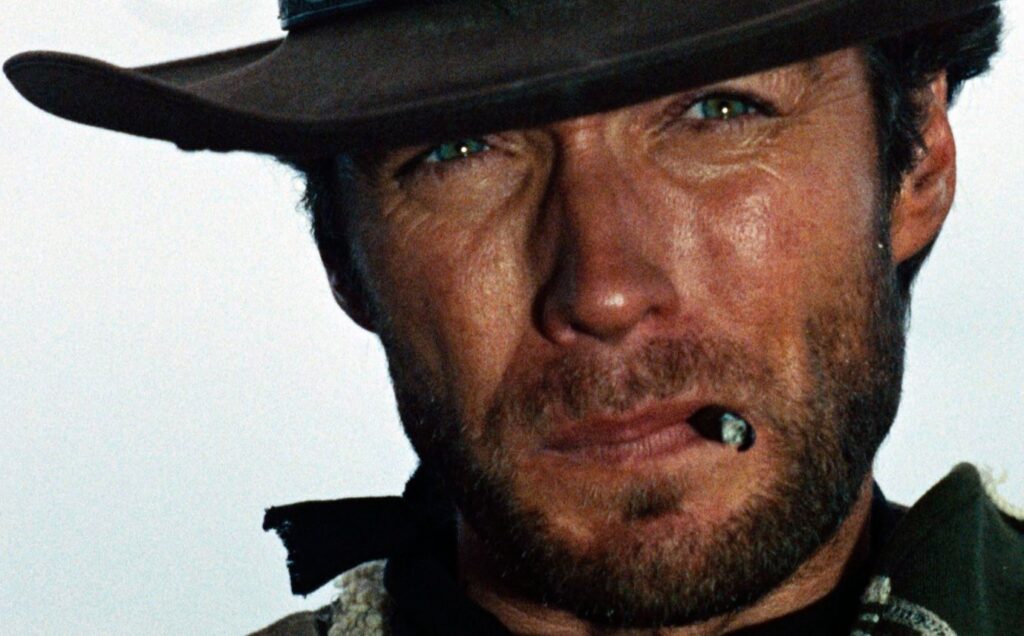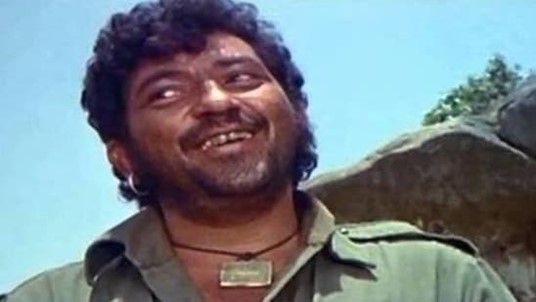
Making a movie requires several different ingredients. First is an exciting and engaging plot. The plot requires suitable and inspiring locations to set the story in. The movie requires talented cast and crew, accurate costumes, and expert direction. All these ingredients need credible, well-crafted, strong characters that pulls audience to the cinema halls. The characters in the plot make a hit or a flop movie.
To develop a character, the director must identify and typecast it by creating a profile; identify backstory (created for a fictional character), struggles, motivation, and goals; and use their personal traits and moral compass to determine the character’s apparent path in a movie/drama/ series etc.
For the super hit Dollars Trilogy directed by Italian director Serigo Leone who casted Clint Eastwood in all the three movies “A fistful of dollars” 1964, “For a few dollars more” 1965 and “The Good, the bad and the ugly” 1966. In all three movies Eastwood played the man with no name because his character was not given any name. In the movie “A fistful of dollars” he had only two facial expressions: with hat without hat. Leone said more than a man he needed a mask. From economic perspective, he had to shell out merely 15,000 dollars to Eastwood. The character of Eastwood had to carry a cigar in his mouth for major part of the movie. Eastwood hated cigar as he hated tobacco which gave his face the signature frown. Added to this was the scorching heat of the sunny Italian summer which made Eastwood perpetually squint, but this is how a legend was born. In Serigo’s dollars trilogy Clint Eastwood is considered one of the most charming and memorable characters. The important point to note is that Eastwood wasn’t a hero in these movies.
While writing the plot of a movie, the writer needs to create well-rounded, relatable, and interesting characters. They grow and evolve throughout the story, being shaped by their experiences as they go along.
Nobody can forget the character of Gabbar Singh portrayed by Amjad Khan in the blockbuster movie Sholay (1975). Writers Salim-Javed modelled Gabbar Singh on a real-life dacoit Gabbar Singh Gujjar who used to frighten the villages around Gwalior in the 1950s. Any policeman captured by Gujjar had his ears, and nose cut off, and was released as a warning to other policemen.

It seems Amjad Khan read ‘Abhishapth Chambal’, a book on Chambal dacoits written by Taroon Kumar Bhaduri, actress Jaya Bhaduri’s father. Every single department of cinema – casting, characterization, screenplay, dialogue, cinematography, music, songs, sound design, art direction, editing, location, speech patterns and language, and even costumes were worked out in masterly detail. The film is so mesmerizing, made especially attractive because of Gabbar Singh, the most outstanding and memorable villain in the history of Indian cinema, that not many paid attentions to the costume design.
A lot of research had gone into costume design of Gabbar Singh. Costume design is not just about the clothes. In film, it has both a narrative and a visual requirement. Designers serve the script and the director by creating authentic characters and by using colour, texture, and outline to provide balance within the composition of the frame. The costume designer must first know the character for preparation of the costume.
So, Gabbar’s costume comprised of this olive-green safari suit, a metallic taveez(talisman) strung on a black thread across his neck, a cartridge-lined belt he sways this way and that to threaten his men, and a small cloth bag of khaini he chews from time to time and spits out randomly. His boots are smart too but covered with a layer of dust. His curly hair is unkempt, and he shaves rarely. There is a constant ugly glare in his roving eyes matched with an evil grin. The script very intelligently does not give him a back story as to why he is so destructive and ruthless. And this is what makes him mesmerise to the audience. He represented pure, undiluted evil in human form. He also wields a gun for easy gunning down of his “coward” men. The ruthless Gabbar was given dialogues which are famous even today. The best example can be “Pachaas Pachaas koso dur jab koi baccha rota hai, to uski maa usse kehti hai ki beta so ja nahi to Gabbar aa jaayega!” The legacy of Gabbar is so colossal, that people even today refer to his dialogues subconsciously. Be it a tough test, and the first thing which comes to our mind is “Tera kya hoga, Kaalia?” “Jo dar gaya, who mar gaya”.
Characters (the actors) need to work on three main areas: preparation, physicality, and Imagination. Its mind, body, and spirit. Preparation includes reading the script and doing research like watching the living characters around with shades of the character the actor is going to play. Physicality means quality and characteristics of a person. If the character is from a different time, or a different culture than the actor needs to study history, the culture, the mannerisms, and the language of that time. The actor must get into the skin of a character to make it look” REAL.” The character’s backstory matters. The backstory is everything that has happened to a character before the novel begins.
Directors possess a unique ability to translate a script into a captivating visual and auditory experience that resonates with audiences. They develop a distinct creative vision, encompassing the film’s mood, tone, visual style, and storytelling approach.
The world of cinema has given many unforgettable characters till date.













































